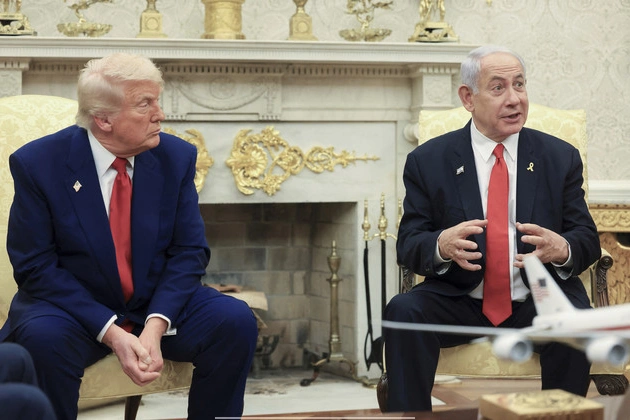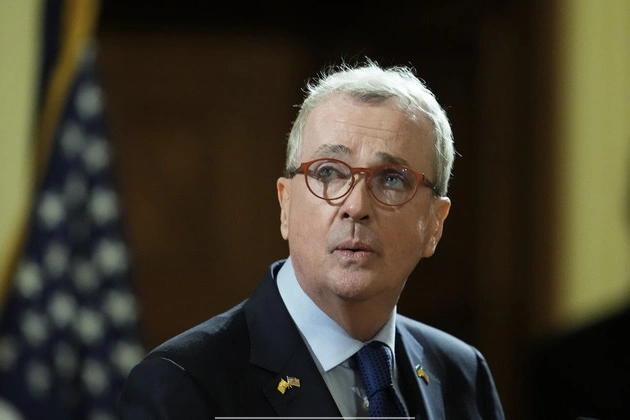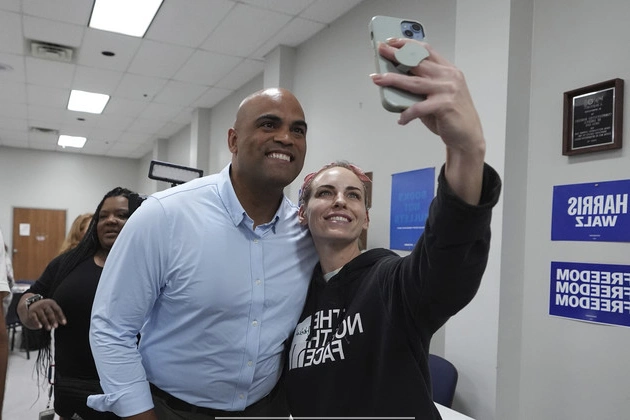
Federal accident investigators emphasized that the incident where a door panel detached from a Boeing aircraft over Oregon was entirely preventable. Both Boeing and the Federal Aviation Administration (FAA) were deemed responsible for overlooking the series of failures and quality control issues that led to this alarming event.
Root Causes and Accountability
Jennifer Homendy, chair of the National Transportation Safety Board (NTSB), expressed deep concern over the incident on an Alaska Airlines 737 MAX 9 flight, stating that such an accident should never have occurred. She refuted the initial blame placed on Boeing production floor workers for workmanship-related problems and stressed that the issues within Boeing and the FAA’s oversight were systemic.
Systemic Failures and Oversight
Homendy criticized the FAA for its lack of presence during the unfolding situation, highlighting the critical role the FAA plays as the final line of defense in ensuring aviation safety. Both the FAA and Boeing remained silent in response to these accusations.
In response to the incident, the FAA increased its monitoring activities at Boeing facilities, imposed production limits on the 737 MAX, and temporarily grounded the 737 MAX 9 fleet for door plug inspections. Additionally, an iterative safety action plan was initiated, which Boeing continues to implement.
NTSB Investigation and Concerns
The ongoing NTSB investigation has shed light on manufacturing quality issues within Boeing and its contractor, Spirit AeroSystems. There are indications that crucial bolts securing the door plug may have been missing, raising serious concerns about production quality.
Whistleblowers in congressional hearings portrayed Boeing as prioritizing quantity over safety, with reports of a dysfunctional safety culture within the company. Testimonies revealed instances where safety concerns were disregarded, indicating a pressing need for a cultural shift towards prioritizing safety.
FAA and Boeing Accountability
The NTSB’s investigation uncovered deficiencies in Boeing’s documentation processes during production, with accusations of obstruction in providing critical records related to the installation of the door plug. The FAA’s enforcement and surveillance mechanisms were deemed ineffective in identifying recurring quality issues.
While the incident did not result in fatalities or severe injuries, it created a harrowing experience for passengers and crew. The gravity of the situation, which endangered the lives of all onboard, underscored the critical importance of stringent safety protocols in aviation.
Lessons Learned and Future Outlook
Despite the severity of the incident, Homendy acknowledged the progress made by Boeing and the FAA in enhancing safety measures. She expressed confidence that the lessons learned from this incident would drive substantial improvements, positioning Boeing, Spirit, and the FAA as global leaders in aviation safety.











